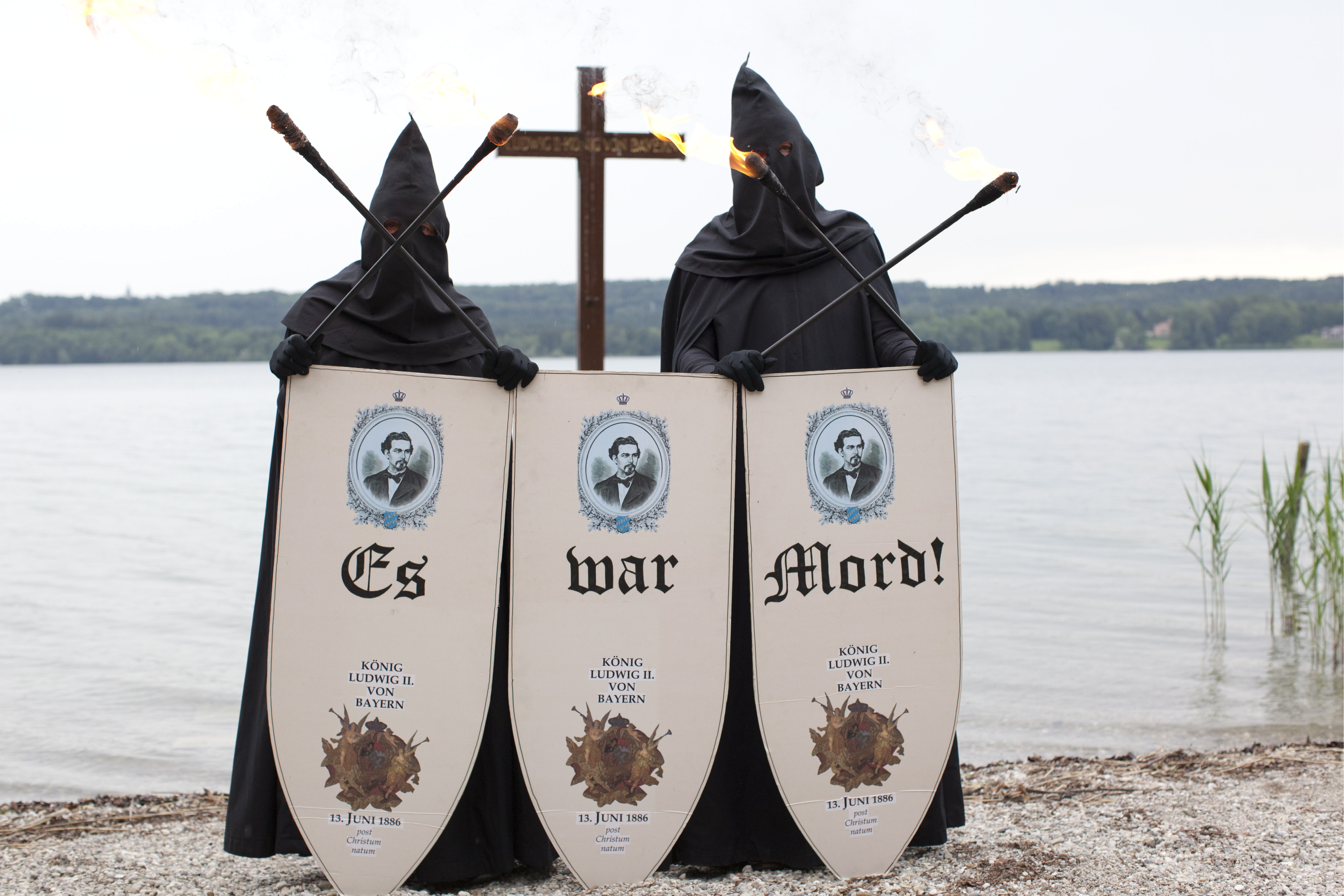June 13, 2016 marks the 130th anniversary of Bavaria’s greatest unsolved mystery: the baffling death of King Ludwig II of Bavaria. How did the fairy tale king – the builder of Neuschwanstein and the patron of Richard Wagner – die? Many Bavarians say...
It. Was. Murder! That’s what a sign held by a group of hooded men reads. It’s the battle cry of the Guglmänner, a secret society in Bavaria. It is trying to prove King Ludwig II was murdered in 1886 and thinks America might hold the clues it needs...




Recent Comments